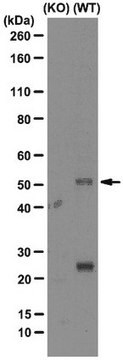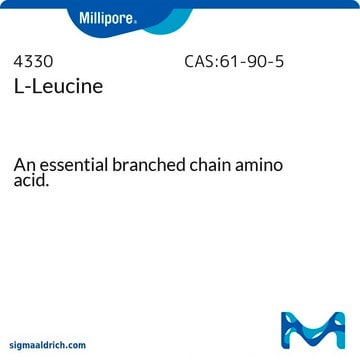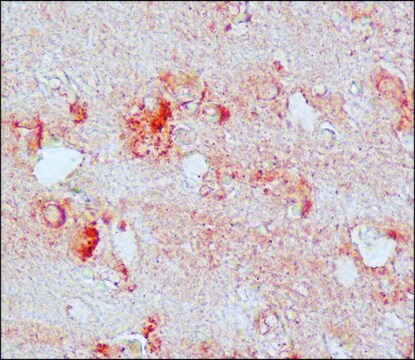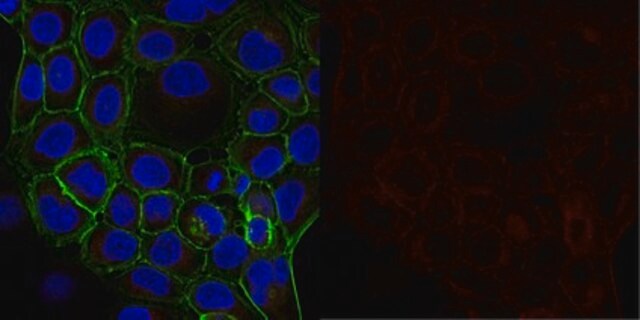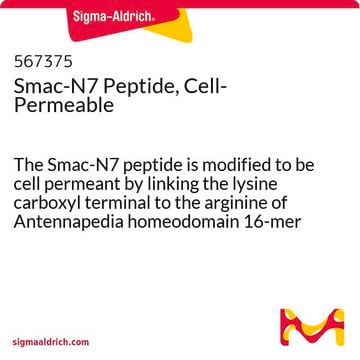SML1743
ETaKG
≥95% (HPLC)
Synonim(y):
2-Oxo-pentanedioic acid 5-ethyl ester 1-(3-trifluoromethyl-benzyl) ester, 5-Ethyl 1-(3-(trifluoromethyl)benzyl) 2-oxopentanedioate
About This Item
Polecane produkty
Poziom jakości
Próba
≥95% (HPLC)
Postać
oil
kolor
colorless to light yellow
temp. przechowywania
2-8°C
ciąg SMILES
O=C(C(CCC(OCC)=O)=O)OCC1=CC=CC(C(F)(F)F)=C1
Działania biochem./fizjol.
Kod klasy składowania
11 - Combustible Solids
Klasa zagrożenia wodnego (WGK)
WGK 3
Temperatura zapłonu (°F)
Not applicable
Temperatura zapłonu (°C)
Not applicable
Certyfikaty analizy (CoA)
Poszukaj Certyfikaty analizy (CoA), wpisując numer partii/serii produktów. Numery serii i partii można znaleźć na etykiecie produktu po słowach „seria” lub „partia”.
Masz już ten produkt?
Dokumenty związane z niedawno zakupionymi produktami zostały zamieszczone w Bibliotece dokumentów.
Nasz zespół naukowców ma doświadczenie we wszystkich obszarach badań, w tym w naukach przyrodniczych, materiałoznawstwie, syntezie chemicznej, chromatografii, analityce i wielu innych dziedzinach.
Skontaktuj się z zespołem ds. pomocy technicznej
